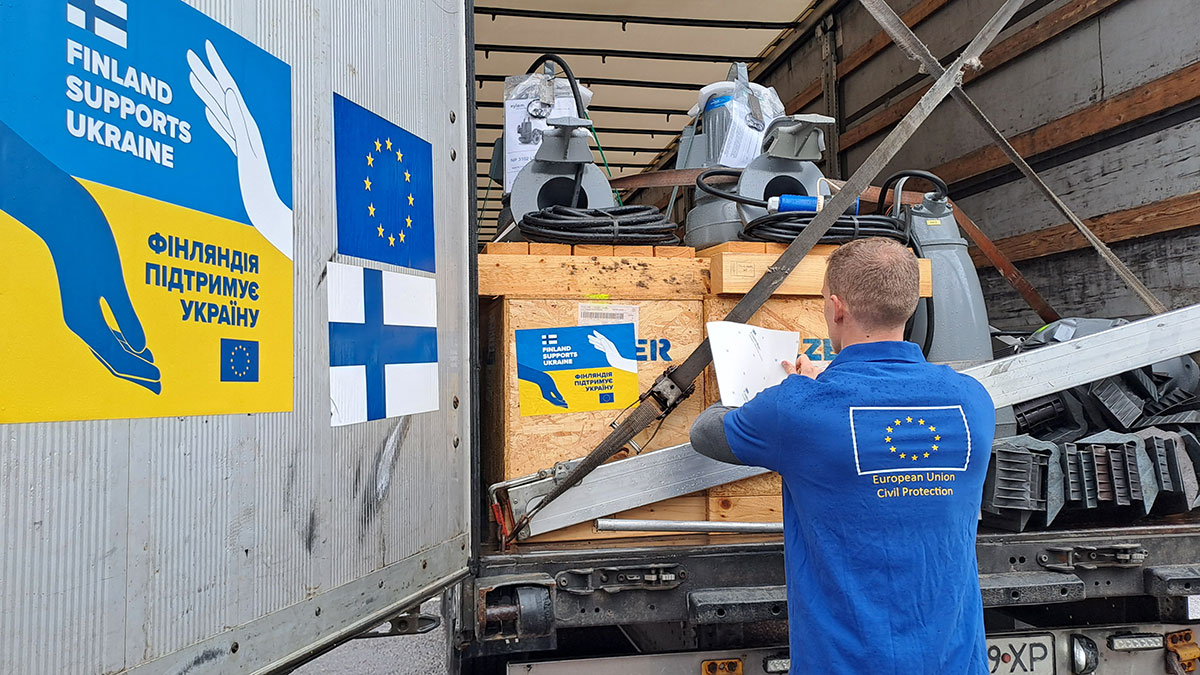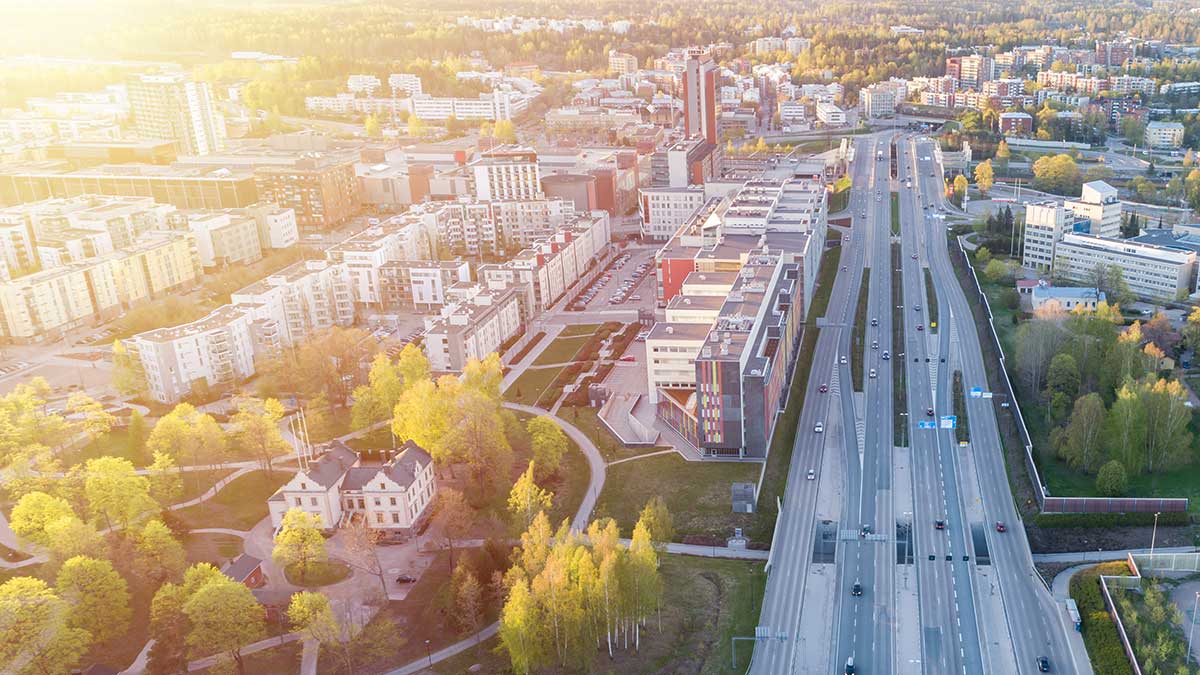
Not only strong walls and structures

Civil defence shelters offer much more than strong protective structures. I don't think many people know about all the functionalities, devices and equipment that our civil defence shelters have – or should have, writes Project Manager Ira Pasi.
Strong structures in themselves provide excellent protection against the effects of weapons. However, nearly every civil defence shelter regularly needs at least small repairs, and users of civil defence shelters need instructions, guidance and deployment planning in order to be able to properly protect themselves.
In Finland, the Government Programme sets out guidance on how to address shortcomings in civil defence, for example by means of individual emergency planning, civil defence development measures and reviews of regional civil defence capacity.
Finland has a national asset worth billions of euros – Are we looking after it?
In the past two years or so, 250 international delegations have visited Finland to find out more about our civil defence infrastructure. However, a Ministry of the Interior survey published in 2023 discovered that our civil defence shelters have problems. The construction of shelters complies with the statutory criteria but there are shortcomings in other areas affecting their use.
For example, the survey identified non-compliance with the maintenance and periodic inspections of shelters and the obligations imposed by emergency plans. We cannot afford to be complacent about this.
Even in their current state, civil defence shelters provide fairly good protection during the 72-hour preparation period in force at the moment.
The animated video below shows the equipment placed in civil defence shelters and the most common areas where shortcomings have been detected, including worn-out seals, faulty overpressure meters and lack of shelter equipment. Small problems are quick and easy to fix, and supplies are commonly available: seals can be replaced and more fluid added to the overpressure meter from the refill container stored in the shelter.
Watch the video: Typical shortcomings found in Finnish civil defence shelters (Subtitles in English. If the video doesn't open in the window automatically, you can open it by clicking the link)
Structurally sound shelters
Structurally, however, Finnish civil defence shelters are very durable, which is the key to their ability to protect people. The strong structures alone provide excellent protection against the effects of weapons.
Each civil defence shelter has its own ventilation system that operates both manually and with electricity. Incoming air can also be filtered if there are toxic gases or radioactive substances outside.
Civil defence shelters always have at least two separate emergency exits with a reinforced structure. Underground shelters have an emergency exit corridor which allows evacuation even if the building above has collapsed. Watch the video to see how evacuation is arranged using the underground emergency exit.
Watch the video: Finland's world-class civil defence shelters (If the video doesn't open in the window automatically, you can open it by clicking the link)
Better conditions with the right equipment
Civil defence shelters have various equipment and supplies that do not affect the protection capacity but improve the comfort of those using the shelters. Shelters provide protection against the effects of weapons even if there are shortcomings in toilet or water containers. However, it is not difficult to understand the importance of such equipment. Toilets, for example, make it much easier for people to stay in the shelter.
Civil defence shelters have become a national asset worth billions of euros. Their construction and maintenance are the responsibility of property owners. The obligation of property owners to build shelters has been instrumental in creating Finland's network of shelters.
We now have the knowledge and the opportunity to help matters along so that we can remain proud of our world-class system of civil defence shelters. Annual maintenance and periodical 10-year inspections must be carried out regularly. Making your shelter ready for use is an essential part of the rescue plan, just like any other routine matters.
Ira Pasi
Project Manager
Ministry of the Interior, Department for Rescue Services
@ira_pasi
The latest
 Press release
Press release
 Press release
Press release
 Press release
Press release
 Press release
Press release
 Press release
Press release


